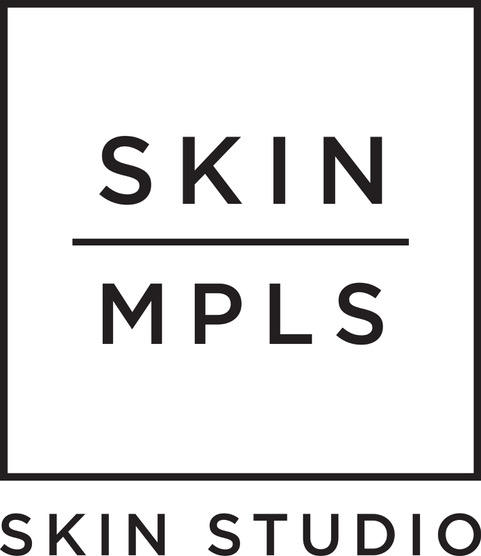Skin MPLS Guide to Reactions
During transitional seasons it is common to see and feel reactions in your skin – and more specifically, they happen most often early spring and late fall.
Allergens, seasonal changes, and our immune systems all affect the way that our skin (the body’s biggest organ) functions. At Skin MPLS we are dedicated to knowing your skin and helping guide you so that adverse reactions are few and far between. However, when working with results-based advanced treatments and skincare products, there is always a chance for side effects – especially this time of year! It’s one of the many reasons that we always make sure you have our contact information handy.
So, if you’re done spring cleaning, read our guide to possible skin reactions and how to react to them.
Rashes. Most commonly a rash is called contact dermatitis which means an adverse reaction to something on the skin. Laundry soap, hair products, some skincare, medications, autoimmune disorders, and skin diseases like eczema and psoriasis can all result in rash-like sensations. While your aesthetician and you work to get to the bottom of things, pick up steroid cream like hydrocortisone to temporarily relieve itching, stinging, redness, and eczema flare-ups. We recommend applying it twice daily and covering the hydrocortisone layer with a layer of petroleum jelly to really push it into your skin. Lavender mask or O2 Calming Gel will also help keep the area soothed and protected. Then, we can help you decide if you should see a dermatologist. Chronic conditions, like eczema and psoriasis, though are best treated when partnered with both a doctor and an experienced aesthetician. But when it comes to starting a new product, sometimes acclimation can look like dermatitis – so don’t be too quick to give up.
Hives/Swelling. There are millions of ingredients out there, so having an allergy to some of them can happen. It’s also more likely in people who already have other allergies. Your skin is constantly reacting, so unusual activity may happen as a new client or even years into treatments. An allergic reaction is usually characterized by hives or welts and can be caused by stress, skin trauma, and/or an allergic reaction. A deep facial treatment can even trigger allergies from time-to-time because it deeply exfoliates off dead, built-up skin – which once removed, can make someone more likely to have a skin reaction since the skin no longer has its old protective layer.
Some people experience swelling from extractions. Don’t panic if you see hives, raised bumps, or swelling. This should subside in about 24 hours. Take an antihistamine and stick to gentle cleansing, a soothing gel-like Lavender Mask or O2 Calming Gel, and a lightweight moisturizer. You can also apply cool compresses all over and massage ice cubes on any concentrated spots of inflammation. Our favorite spring tool, Cyrosculpt would be an instant relief here as well.
Chemical Burns. Chemical peels are one of the best innovations in professional skincare. Results include improvements in pigmentation, scarring, acne, fine lines, melasma, and the list goes on. They can even be performed after dermaplaning and microdermabrasion for deeper results. Peels can come with consequences though, like chemical burns – which is why it’s so important not to try them at home! These usually start as red, irritated patches that may then scab over. You may feel them when it happens or not notice until the next day. Even professionals can see chemical burns from time to time because the skin may be compromised without any visible signs. Don’t panic if this happens, it is NOT permanent as long as you do not pick at it, plus this is a sign of a deep treatment that will bring long-term results to your skin. It’s what we call a REALLY good peel!
To treat a chemical burn, pick up some petroleum jelly and keep the area moist and protected at all times. Soothing botanicals and minerals in Iso Cell Recovery Solution, Lavender Mask, and O2 Calming Gel will help as well when applied under the petroleum jelly. Wear plenty of sunscreen and talk to your aesthetician for more guidance. You can also follow these instructions if you get a little too liberal with your active vitamin A or acid-based serums – they, too, can cause over-exfoliation in the form of a gentle chemical burn.
